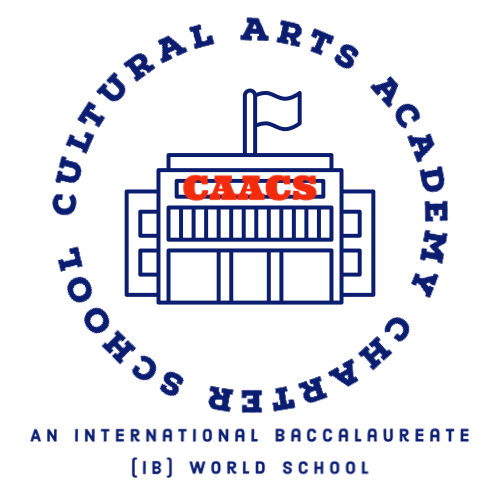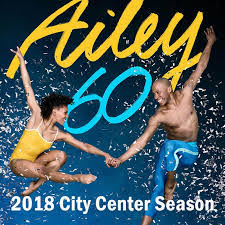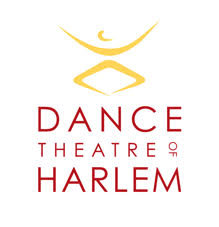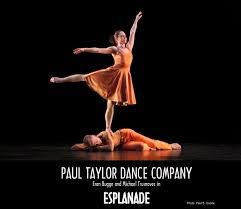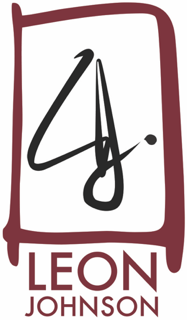The Visual and Performing Arts
Mission of The Art
A scholar’s artistic development depends upon sequential instruction that nurtures the scholar and challenges them in ways appropriate to his or her abilities. The Visual and Performing Arts Department is committed to engaging scholars in artistic learning through dance, drama, music, and visual education. Scholars acquire techniques that aid them to gain information, synthesize, communicate, explore, predict, and further create. The VPA is a vital source in the overall instruction of scholars. In addition, our goal is to integrate all facets of the arts into core subjects.
Dance

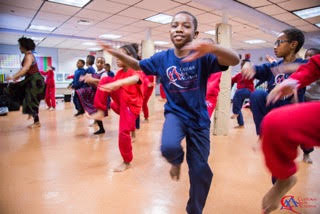
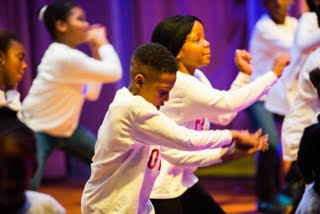
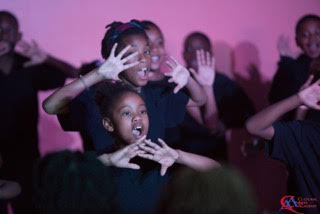
Scholars will develop a functional knowledge of the art form based on technique science, history, vocabulary and its influence in the communities. In addition, are used as a means of creative expression and movement. Scholars will be able to perform simple to complex choreographed sequence patterns based within the curriculum. We follow the New York Blueprint for the Arts: Dance. Within those standards there are five strands that we will explore in greater depth:
- Dance Making
- Developing Dance Literacy
- Making Connections
- Working with Community and Cultural Resources
- Exploring Career and Lifelong Learning
Drama
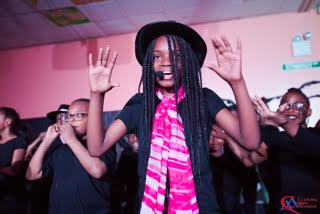
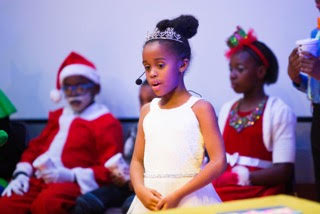
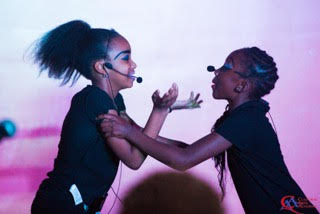
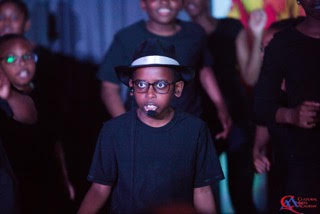
The drama course coupled with Reader’s Theater is designed to give our scholars knowledge and understanding of the fundamentals of theater, develop fluency and expression. The course is also designed through the use of theater activities and games to help our scholars tap into and discover their individual creativity. We follow the New York Blueprint for the Arts and the NY State Standards Theater. Within those standards there are five strands that we will explore in greater depth:
- Theater Making
- Theater Literacy
- Making Connections
- Working with Community and Cultural Resources
- Theater Exploring Careers and Lifelong Learning
Visual Arts
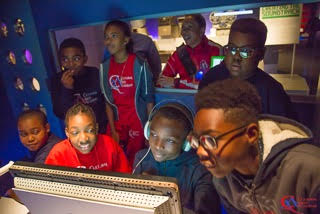
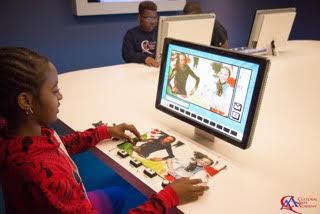
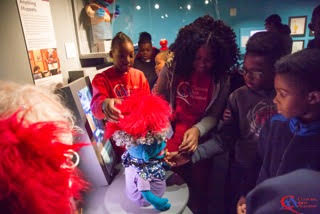
The visual arts program enriches the entire NYC blueprint curriculum in an effort to creating a high quality learning opportunities for all scholars. There are five standards of learning: Art Making, Literacy in the visual arts, Making Connections, Community and Cultural Resources, and Careers and Lifelong Learning. The overall goal is to motivate scholars to express themselves visually and creatively through artistic thought and action. This is possible as scholars build a foundation of art knowledge and skills through the elements of art and principles of design.
Music
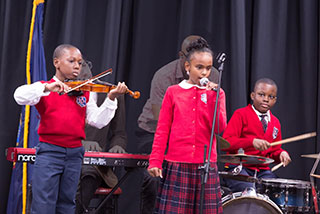

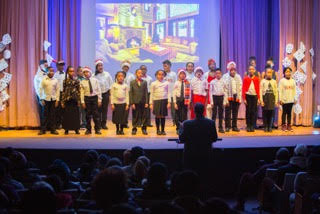
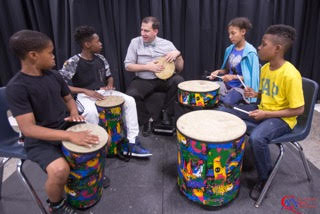
Performing, creating, and responding to music are the fundamental music processes in which humans engage. Scholars, particularly in grades K-5, learn by doing. They will sing, play instruments, move to music, and create music that will enable them to acquire musical skills and knowledge that can be developed in no other way. Learning to read and notate music will give them a skill with which to explore music independently and with others. Listening to, analyzing, and evaluating music are important building blocks of musical learning. Further, to participate fully in a diverse, global society, scholars will understand their own historical and cultural heritage and those of others within their communities and beyond. Because music is a basic expression of human culture, every scholar will have access to a balanced, comprehensive, and sequential program of study in music.
Why the Arts?
THE RESEARCH SAYS...
Studies have shown that involvement in the arts helps kids increase test scores and promotes academic achievement. Kids who are involved in the arts are:
- 4 times more likely to be recognized for academic achievement
- 3 times more likely to be elected to class office within their schools
- 4 times more likely to participate in a math and science fair
- 3 times more likely to win an award for school attendance.
In a 10-year study, Stanford University’s Carnegie Foundation for the Advancement of Teaching examined after-school programs for at-risk youth and found that arts-based organizations had the most profound effect on youth. They offered the best opportunity for to develop communication skills, complex thinking and problem solving skills.
Partnerships
|
|
|
|
|
|
